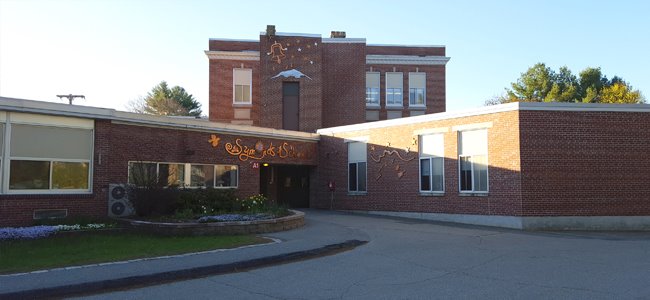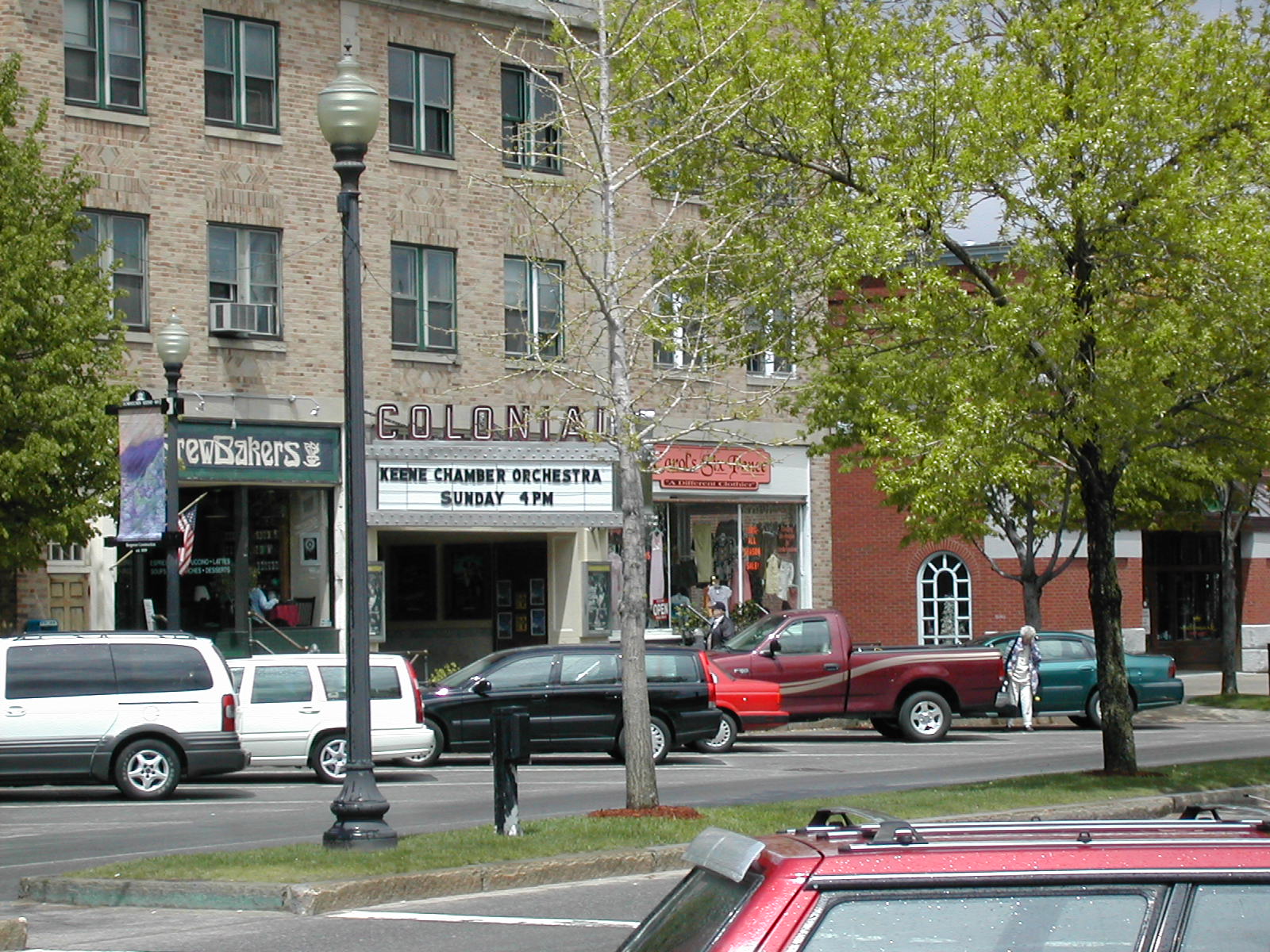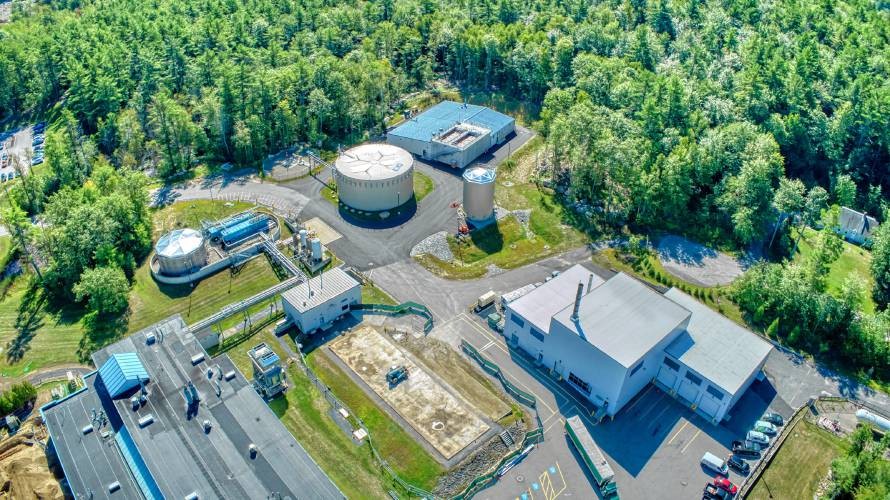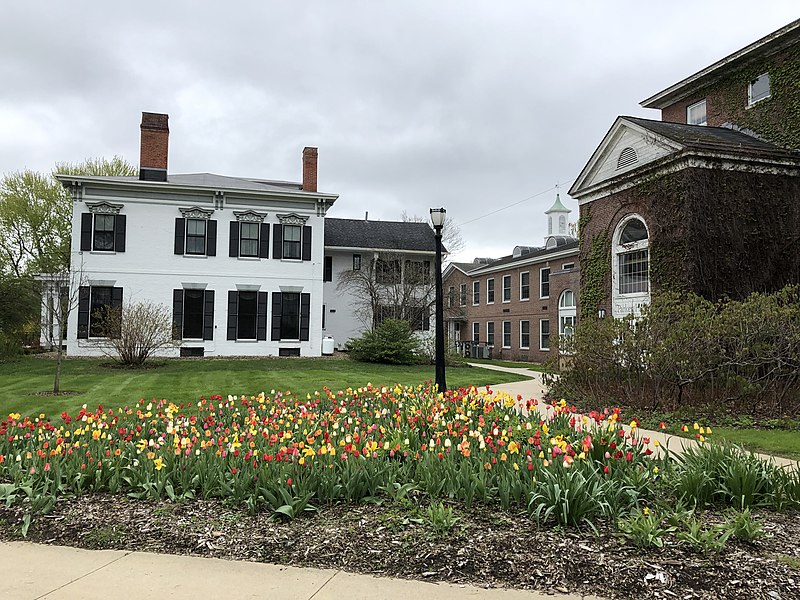Good economic development planning requires good data.
Each of us, through our daily lived experience, comes into contact with certain aspects of the regional economy. There is tremendous value in reflecting on this first-hand knowledge and what it tells us about the current status of the region’s economy and where it’s heading. We each, however, have our blind spots. We may not completely grasp the full scope of economic issues impacting our communities. Data helps test our assumptions and expand our perspectives on regional economic issues. Both quantitative data (hard numbers) and qualitative data (descriptive information) are critical for sound economic development planning and decision-making.
The catalogue below is a working inventory of key metrics and analysis intended to inform the later stages of Our Economy, e.g. vision development, setting goals and objectives, and creating an action plan. The catalogue will expand over the course of the project.
Demographics
Southwest NH’s population is changing. These changes have significant, long-term implications for the regional economy. The entries below explore notable demographic trends.
Jobs and Workforce
The economy of Southwest NH is changing, and with it, the number, type, and location of jobs that are available. The region’s workforce is also changing, raising the question of whether we as a region will be able to attract and retain the workers necessary for ensuring future prosperity.
Education
Education, by necessity, will be a cornerstone of future prosperity in Southwest NH. The posts below focus on topics such as educational attainment, school enrollment and the growing importance of 2-year degrees.
Municipal Policy and Finance
In addition to a thriving private sector, prosperity requires strong public institutions such as local government. Examining municipal policy and finances can help reveal vulnerabilities that our region may need to address.
Physical Infrastructure
The roads, pipes, and wires that form the physical foundation of our communities play a large role in shaping the nature and pattern of regional economic development. Understanding the current extent and character of this infrastructure can help identify opportunities for efficient, context-sensitive growth and potential barriers to enhanced prosperity.












